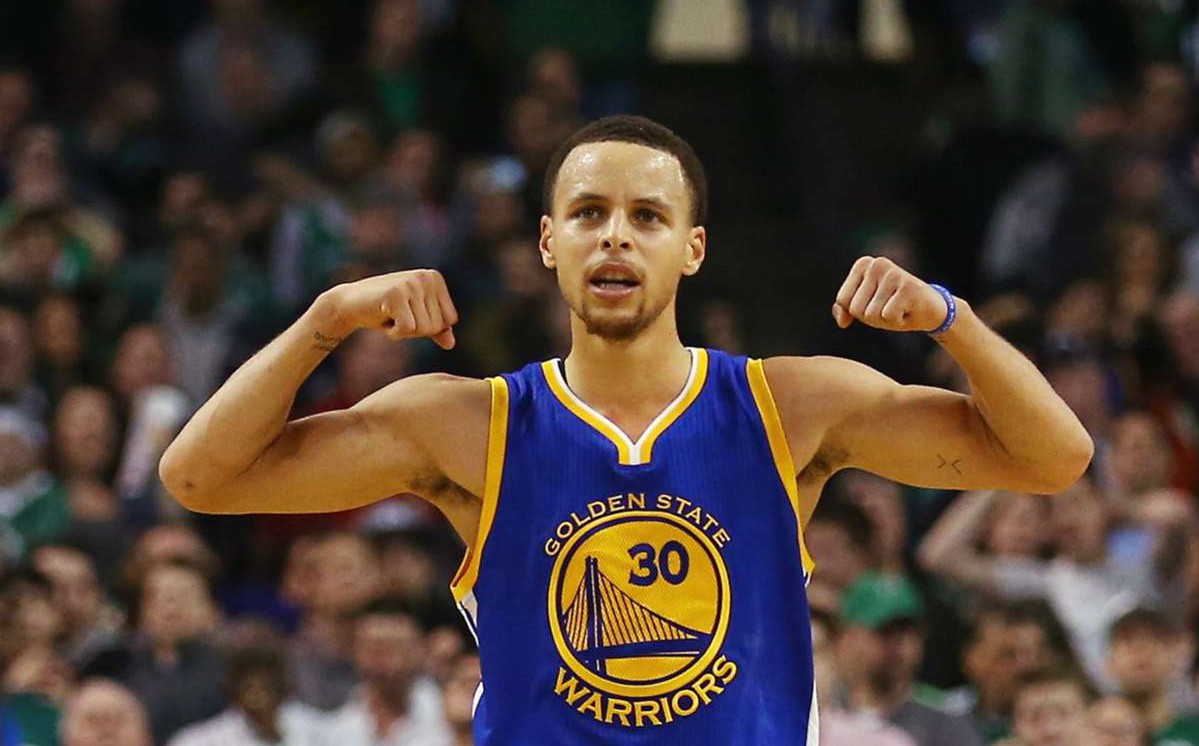Way back in early September, I wrote an article about The Hype Cycle as it relates to NFL DFS. It focused on value fluctuations and the idea of buying low on players and fading when the price had become a little too high without any concrete justification. NFL and NBA DFS are very different animals though, so I thought it would be worthwhile to try and apply the same logic to basketball and see what the results look like.
I don’t want to repeat myself too much, but here’s a quick diagram describing the Hype Cycle. Basically, when expectations are too high, negative regression is likely and when expectations are too low, positive regression is likely. In NFL, there was a pretty clear correlation between a decrease in price and subsequent value, particularly with quarterbacks and wide receivers:
As an aside, I like to look at both FanDuel and DraftKings for this type of thing because the way players are priced is a huge part of what goes into the results. I think the way players are priced from site to site is different enough that it merits looking at both sites.
Getting started on the most general level, here are the results when the price decrease trend is applied. On DraftKings, I used “Price Change is -$4100 to -$500” and on FanDuel, I used “-$4100 to -$600” due to the difference in overall salary cap between the two sites (The difference actually should have been $125, but it works out the same)
The first two things I notice are DraftKings had around 40% more results than FanDuel and players perform better within this category on DraftKings. What does this mean? It seems like DraftKings is much more likely to put a player on the discount rack than FanDuel. Also, it seems like the reasons that lead to a price drop on DraftKings are less predictive of future results because players are exceeding value at a higher rate on DK.
Next, I looked at the positional breakdown. On both sites, the most value was added at the shooting guard position. I think this is the position where whether or not a player’s shot is falling that night is most important. Most of the players at this position are scorers who depend on buckets to reach value.
However, if DeRozan goes 3-15 one night, does that have an impact on his performance the next night or was it just a blip on the radar? To be honest, it might affect his performance a little bit in the next game, I don’t know. But I do think players whose value is more based in rebounds or assists will have less night to night fluctuation than someone who is a shooter first. For that reason, it makes sense to buy low on shooters when their price is down.
A lot of players around the NBA are susceptible to being benched if they have a few bad games in a row, but that’s usually not the case with the most expensive DFS players. These players are being paid tons of money by their NBA employers and unless they are REALLY bad for an extended period of time, they’re likely going to have an opportunity to produce every night regardless of how the last couple of games have went.
This is what prompted me to see how the most expensive players performed when their price had recently dropped. So I tried to capture the 100 priciest options starting last season on each site. The results were decent on DraftKings, but very good on FanDuel.
When a superstar sees his price drop on Fanduel, it may be time to consider buying. That is especially true for one player in particular:
Woah.
As with NFL DFS, keep the Hype Cycle in mind when picking players for NBA. When a player’s price has dropped substantially, ask yourself why that is. Some players are high variance by nature, particularly scorers who rely on jump shots. If a player’s price has dropped due to recent poor performance, is that recent poor performance predictive of future results? If the player will have the same opportunities moving forward and health is not an issue, I think the answer will often be no.









